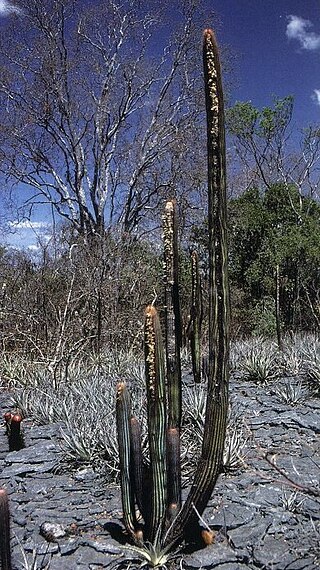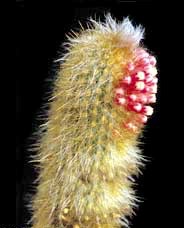
Herring are forage fish, mostly belonging to the family of Clupeidae.

The International Union for Conservation of Nature (IUCN) Red List of Threatened Species, also known as the IUCN Red List or Red Data Book, founded in 1964, is an inventory of the global conservation status and extinction risk of biological species. A series of Regional Red Lists, which assess the risk of extinction to species within a political management unit, are also produced by countries and organizations.

Accipiter is a genus of birds of prey in the family Accipitridae. With around 50 recognized species it is the most diverse genus in its family. Most species are called goshawks or sparrowhawks, although with the exception of the American goshawk almost all New World species are simply known as "hawks". They can be anatomically distinguished from their relatives by the lack of a procoracoid foramen. Two small and aberrant species usually placed here do possess a large procoracoid foramen and are also distinct as regards DNA sequence. They may warrant separation in the old genus Hieraspiza.

The white-eyelid mangabeys are African Old World monkeys belonging to the genus Cercocebus. They are characterized by their bare upper eyelids, which are lighter than their facial skin colouring, and the uniformly coloured hairs of the fur. The other two genera of mangabeys, Lophocebus and Rungwecebus, were once thought to be very closely related to Cercocebus, so much so that all the species were placed in one genus, but Lophocebus and Rungwecebus species are now understood to be more closely related to the baboons in genus Papio, while the Cercocebus species are more closely related to the mandrill.

Leptotyphlops is a genus of nonvenomous blind snakes, commonly known as slender blind snakes and threadsnakes, in the family Leptotyphlopidae. The genus is endemic to and found throughout Africa. Eleven species have been moved to the genus Trilepida, and other species have been moved to the genera Epacrophis, Epictia, Mitophis, Myriopholis, Namibiana, Rena, Siagonodon, Tetracheilostoma, and Tricheilostoma.

A least-concern species is a species that has been categorized by the International Union for Conservation of Nature (IUCN) as evaluated as not being a focus of wildlife conservation because the specific species is still plentiful in the wild. They do not qualify as threatened, near threatened, or conservation dependent.
A near-threatened species is a species which has been categorized as "Near Threatened" (NT) by the International Union for Conservation of Nature (IUCN) as that may be vulnerable to endangerment in the near future, but it does not currently qualify for the threatened status.

Orthetrum is a large genus of dragonflies in the Libellulidae family. They are commonly referred to as skimmers.

An IUCN Red List Critically Endangered species is one that has been categorized by the International Union for Conservation of Nature as facing an extremely high risk of extinction in the wild. As of December 2023, of the 157,190 species currently on the IUCN Red List, 9,760 of those are listed as Critically Endangered, with 1,302 being possibly extinct and 67 possibly extinct in the wild.

Micranthocereus albicephalus is a species of plant in the family Cactaceae. It is endemic to Brazil. Its natural habitats are subtropical or tropical dry shrubland and rocky areas. It is threatened by habitat loss.

Micranthocereus auriazureus is a species of cactus. It is endemic to Brazil, where it is known only from Minas Gerais.

Micranthocereus dolichospermaticus is a species of plant in the family Cactaceae. It is endemic to Brazil, where it is confined to the states of Bahia and Minas Gerais. Its natural habitat is rocky areas. It is threatened by habitat loss.

Micranthocereus polyanthus is a species of cactus. It is endemic to Brazil, where it is known only from three sites in Bahia. The total population is under 2500 individuals.

Micranthocereus streckeri is a species of plant in the family Cactaceae. It is endemic to Brazil. Its natural habitats are subtropical or tropical moist shrubland and rocky areas. It is threatened by habitat loss.

Micranthocereus violaciflorus is a species of plant in the family Cactaceae. It is endemic to Brazil.

Cereus pierre-braunianus is a species of columnar cactus found in NE Goiás in Brazil.

Micranthocereus estevesii is a species of Micranthocereus found in Brazil.

Micranthocereus purpureus is a species of Micranthocereus found in Brazil.


















